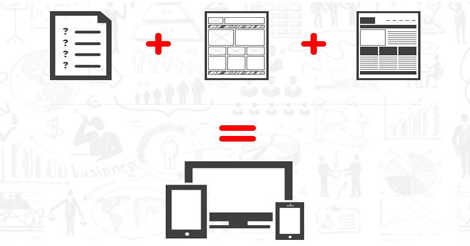Whoever you pick to design your website, he or she must ask these questions. Otherwise, they’re just wasting your time and money:
1. What does your business actually do?
2. What do you want your site to accomplish? What do you want most from it?
3. And if your visitors aren’t ready to buy right now, as in take you up on your primary offer/action, what would you like them to do instead?
For example:
• Get more inbound leads / quote requests / phone enquiries?
• Increase brand awareness?
• Educate their audience?
• Encourage sales?
• Collect email addresses and build a list?
• Encourage onsite or social media interaction?
4. What makes your company remarkable?
For example:
• Being the cheapest.
• Having awesome customer service.
• An amazing guarantee or returns policy.
• Being the exclusive supplier of a product in a certain area.
• Supplying the best quality product around.
• Offering unique add-on packages no one else can.
5. Who are your competitors?
6. What websites do you like and why?
7. Who exactly are your customers and what are their pains?
The goal here is to communicate the pain, the promise and finally the proof.
8. What features do you want your website to have?
For example:
• A shopping cart?
• Social media implementation?
• Email collection and email marketing capability?
• Auto-responders for nurturing?
• A blog or news feed?
• Photo galleries?
• Onsite videos?
• A slider banner?
• A mobile site?
• A responsive site?
• A blog or news page?
• The ability for people to leave comments?
• A quick contact form, quote request or booking form?
9. How will you record your results?
For example:
• The amount of new enquiries you get.
• Number of signups for the site’s free trial.
• Number of signups for a FREE eBook.
• Number of users of the site’s forum.
• Number of sales.
• Customer’s average order size.
• Amount of traffic.
• Level of activity on the site’s blog.
• Number of social media (Facebook / Twitter) followers.
10. Do you have a style guide or any existing collateral?
For example:
Logos, brochures, old websites, posters and web banners etc.
It’s important to get everything down in writing for two key reasons:
(A) You want something to refer back to for both you and the designer just in case the he/she forgot to include something important you had asked for. You do not want to have to ask twice.
(B) To prevent any disagreements. If you don’t have anything in writing, then you have nothing to back your argument up if the designer makes an error and believes something was agreed to or discussed when it was not.

